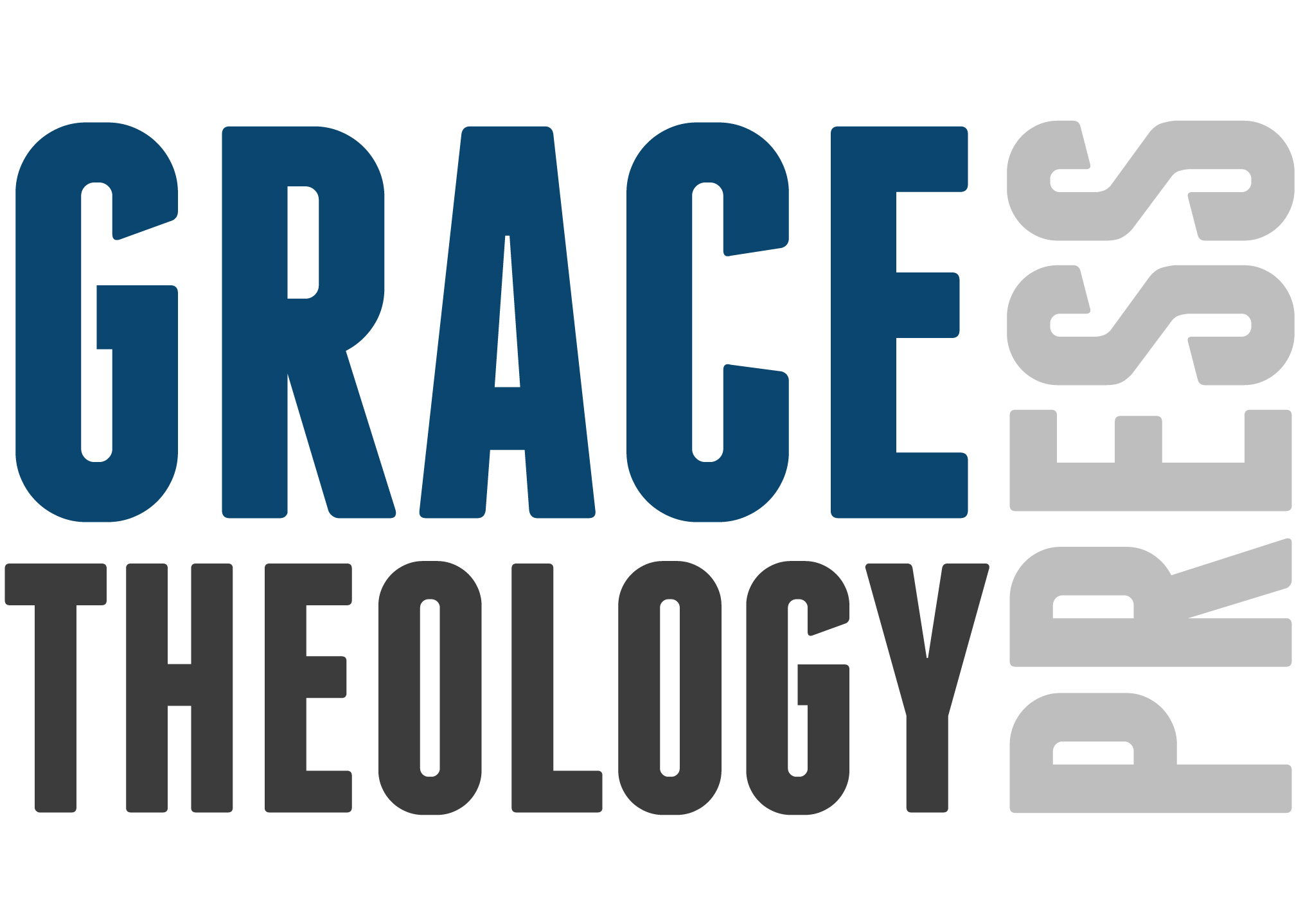One of the most useful books GTP has published to date, and one that has provided much utility in issues of Grace Theology is Grace, Salvation and Discipleship by Dr. Charles Bing. It is a simple and clear resource for how to interpret many key New Testament scriptures concerning Free Grace and Lordship salvation views. Hear the words of Dr. Dave Anderson, President of Grace School of Theology in the foreword to the book.
FOREWORD
Those of us that were privileged to sit under the ministry of the inimitable Howard Hendricks walked out into the world with a smattering of his sayings tucked into our minds. One of them was: “Gentlemen, Satan never fogs in the area of the trivial; it is always in the area of the crucial. And there is no more crucial area than the relationship between faith and works.” How true. Even one of the most quoted passages on salvation (Eph 2:8-10) says we were not saved by works, but we were saved for works. Faith and works can’t seem to get out of their own shadows. Another well-known passage (Jas. 2:14-26) appears to say that faith alone cannot save us; we must also have works. That one drives some Protestants like Luther into spiritual apoplexy since other passages like Romans 4:1-5 say

we cannot be justified by works. Faith plus works is not a problem for the Catholic world since the Council of Trent declared that anyone saying works were not meritorious for entrance to heaven was anathema.[1] Many Protestants solved the riddle of faith plus works for entrance to heaven by simply saying that works are merely evidence of true, saving faith. Faith without works is a spurious faith, completely insufficient for salvation, they would charge.
Grace, Salvation and Discipleship by Charlie Bing does a wonderful job of trying to unravel some of these Gordian knots of theological discussion. In doing so he employs a wonderful and, it appears to me, completely unique device previously unemployed by the pundits of historical theology: A Truth B Truth. By categorizing various passages as A Truth or B Truth Bing helps us realize the difference between justification truth (A) and sanctification truth (B), our Position in heavenly places (A Truth) and our Condition on earth (B Truth), our Relationship with God (A Truth) and our Fellowship with God (B Truth), eternal judgment (A truth) and temporal judgment (B Truth), God’s gifts (A Truth) and God’s rewards (B Truth), and so on.
Martin Luther was trying to do the same thing when he said, “Simul iustus et peccator”: At the same time (simul) I am justified (iustus—A truth) and a sinner (peccator—B truth). In heaven I am seen as fully just or justified in my position in Christ (A Truth), but in my condition on earth (B Truth) I am still a sinner or sinful—both at the same time. A Truth B Truth. Luther was trying to sort out the categories. Yes, some passages are about the way (A Truth), but other passages are about the walk (B Truth). Dr. Bing helps us recognize these categories passage by passage.
An especially helpful aspect of this book is Dr. Bing’s fair treatment of each passage in the sense that he looks at each through the lenses of A Truth and B Truth respectively. In other words, he takes a passage like Matthew 16:24-27 and interprets it through the eyes of A Truth and the eyes of B Truth. An A Truth perspective would say this passage is about how to go to heaven; a B Truth perspective would say this passage is about something dealing with the Christian life today that will affect future rewards tomorrow.
In some cases, a passage might have two or even three A Truth interpretations, each a viable option dealing with entrance to heaven or loss thereof. But sometimes there is also more than one B Truth interpretation. Dr. Bing presents the most popular options in each category (A Truth and B Truth). Then he explains why he prefers one of these options. And he does so without depreciating others that would select an option different from his favorite. Furthermore, he does not duck any difficult passage. In fact, he traverses the entire New Testament dealing with practically all the difficult passages and brings each into a clearer focus by refracting the verses through the lenses of A Truth B Truth.
Finally, Dr. Bing does what so many scholars fail to do. He “brings the cookies down to the lower shelf” (to close with another saying of Howard Hendricks). He also tells us how a clear distinction between A Truth and B Truth can help us in our ministries and our daily lives.
The reader will find Grace, Salvation and Discipleship very helpful for understanding his or her Bible and thus understanding more clearly how to enter into and live the Christian life.
David Anderson, Ph.D.
President and Professor of Biblical Languages and Systematic Theology
Grace School of Theology, Woodlands, TX
[1] Council of Trent, Canon 24.
Serving Him with you until He comes for us,
Fred Chay, PhD
Managing Editor, Grace Theology Press














